BILBAO, Spain -- Iñaki Williams made history on a night when he wasn't even expecting to make it on the pitch.
With Athletic Club Bilbao's main striker and goal scorer, Aritz Aduriz, sidelined by injury, then-manager Ernesto Valverde (now of Barcelona) bypassed proven veteran Kike Sola and tapped Williams, an unrefined, 20-year-old speedster, to make his Europa League debut on a chilly February evening. Maybe a shot of energy was what it would take to give his tired squad a chance in the hostile climes of Stadio Olimpico Grande Torino.
Athletic had just crashed out of the 2015 Champions League, dropping into Europe's secondary competition as a consolation, and the Torino faithful smelled blood in the water. The Italian squad hadn't allowed a goal at home in the past eight Europa League games, and if the cacophony raining down on Williams and his Athletic teammates served as any indication, the Toronesi were already celebrating a ninth shutout. But with the haze of pregame pyrotechnics still wafting above the pitch, an Athletic through-ball found Borja Viguera streaking down the left wing. Extending his touch, he avoided a clumsy tackle near the touchline and slid a curling ball across the box.
Despite having five defenders there to handle the cross, Torino's "iron curtain" parted, and a streaking Williams buried his first touch into the top-right corner.
The ninth-minute strike left the crowd stunned, but few were more surprised than the goal scorer. Running to the corner, he screamed, wide-eyed, "I scored a goal! I scored a goal!"
In theory, a first club goal should carry that type of raw emotion, but Williams knew his strike was more than that. With one sparkling touch, the young forward forever altered the history of his club and started a new kind of story in the process.
The son of Ghanaian immigrants, Williams was born in Bilbao, the largest city in Spain's Basque Country. That night in Torino, he became the first player of African descent to score a goal representing the rojiblanco, and only the second to play for Athletic's first team when he made his professional debut in 2014 adding a new chapter to more than a century of club history. Five years on, he hasn't stopped, emerging as the club's top scorer and one of the fastest attacking threats in La Liga. He was linked to Manchester United in the 2019 summer transfer window and recently signed a nine-year contract extension with Athletic that sets his release clause for potential suitors up to 120 million.
Perhaps more importantly, he has challenged what it means to be Basque, a cultural identity once associated solely with being white, and fought to become the leader of Spain's most insular club entering a new era.
"It gives me pride to be a part of this club. I think it opens a lot of minds," Williams said from Athletic's training ground in Lezama. "It gives me an immense pride to say that I am one of the first blacks to be a part of Athletic, score goals for the club and leave a legacy here."
AMID THE LUSH GREEN HILLS of Basque Country, Athletic Bilbao has been carving its unique legacy for more than 120 years. Football came to Basque Country in the late 1800s via English dockworkers chasing steel fortunes in newly industrialized Bilbao, and the city's signature club produced some of the most prolific Spanish goal scorers of the early 20th century.
While professional clubs have come to rely on imported talent from around the world, Athletic has fielded only players brought up through the region's academy system or born in Basque Country's seven provinces (four in modern-day Spain and three in France) since its earliest years as a club. It's an antiquated tradition in today's globalized, inclusive sports world but one that has endured Civil War, cultural purge and decades of violence and unrest at home.
Even when the region suffered heavy losses in the Spanish Civil War and the team was forced to change its name to the more Spanish "Atlético Bilbao" for three decades under the Franco dictatorship, the club remained a rallying point for Basqueland.
"This team's function is to bring together a society that is traditionally very fragmented," said Beñat Zarrabeita, a reporter with Basque news program Hamaika Telebista, whose father photographed the club's most recent league championship in 1984.
"The people don't ask where you are from, but they will sit next to you in San Mamés. I think [the club] has been a motor to celebrate the positive for a group of people that have had to overcome a lot."
The club has not only survived the region's tumultuous history; it has competed. It is one of three teams in Spain's La Liga to never be relegated from the top division (the other two being Real Madrid and FC Barcelona), having won 24 Copa del Reys and eight league titles while drawing talent from a population roughly the size of Chicago. Bilbainos take pride in their club's achievements and even more in the manner it has accomplished them.
Athletic Bilbao has taken on the world's best clubs without the help of outsiders. In the process, they have created a Basque football archetype steeped in pride, isolationism and, as a result, demographic singularity. But Bilbao is no longer the cultural vacuum of its ancestors. Over the past 20 years, a growing population of immigrants have settled in and around the city, forgoing the traditional hubs of France and England for economic opportunities in Basque Country. Today, the city's San Francisco neighborhood, a collection of buildings that once housed a Catholic convent, is a bustling patchwork of Halal markets, Latino pastry shops and Asian restaurants.
Still, it's a change that has been slow to take root on the field.
"The diversity that exists in society needs to exist in [soccer]," said Hanneke Heuseveldt, the director of youth programs at the Red Cross in Bilbao. "If we are all fans of [Athletic Bilbao] and there are only white players, it doesn't demonstrate the reality of our country."
In fact, it wasn't until 2011 that Athletic took its first step in that direction. Jonás Ramalho, the Basque-born son of an Angolan father and Basque mother, became the first black player to represent Athletic Bilbao in a regular-season match, coming on as a substitute against Sevilla.
"It was a bit of a bomb going off that a player of black roots was on the first team and could play for Athletic after all these years," Ramalho said. "But in every moment, I felt support. It was like [the community] wanted me to make my debut."
Ramalho played just eight games for the rojiblanco, but that was enough to open the door for Williams, who has been rewriting one of Spanish soccer's oldest traditions at a furious pace. His 15 goals across all competitions in 2018-2019 led Athletic, putting the striker among the top 15 goal scorers in Spain's top flight. Clocked as the second-fastest player in La Liga behind Gareth Bale, Williams adds a vertical attacking dynamic that has attracted the eyes of clubs such as Serie A's Napoli and Champions League winner Liverpool, giving the Basque club its first consistent goal-scoring threat in years.
But for Williams, life has been anything but a direct run at goal.
Shortly after the forward's birth, his parents, Félix and Maria Williams, relocated to Pamplona, the capital of Basque province Navarra, seeking work in the asparagus fields outside the city. Williams' parents had arrived in Europe with next to nothing, and the next decade proved to be a revolving door of jobs -- on farms, for night cleaning services, in geriatric care, at restaurants and airports -- in hopes of keeping the young family afloat.
With work drying up in Spain, Félix moved to London and worked as a night security guard to send money back to his wife and son. Iñaki saw his father just 15 times over the next seven years, and though his mother worked nights to spend days with her son, he spent long days home alone, eating meals with family friends in the low-income immigrant neighborhood of La Rotxapea. When his brother, Nico, was born in 2002, Iñaki, 8 years old at the time, dressed and fed his younger sibling every morning and brought him along to play with friends in the street.
"Iñaki has matured very quickly -- he's had to," said Félix Tainta, a Williams family friend and Iñaki's agent. "He's had to be a dad to his brother and a support to his mother. Every day that passes, that maturity has helped him. You can see he works differently on the field."
Williams caught Tainta's eye as a youth player for one of Pamplona's local clubs, Club Natación. He had started playing with neighbors between aging apartment complexes, passing much of his alone time with a ball at his feet. As a 10-year-old, Williams possessed a raw speed and hunger for goal that impressed the veteran agent from Pamplona. After several meetings with Williams' mother, Tainta helped Williams move to nearby CD Pamplona, and through an agreement between the club and Athletic Bilbao, Tainta was soon driving the young forward the three hours from Pamplona to Athletic's Lezama training ground twice a week. Tainta even gifted Williams his first pair of leather cleats and frequently had him over for family meals.
The investment paid off, and an 18-year-old Williams signed with Athletic's youth squad in 2012. He scored at a rate of almost a goal a game (and finished the season with 36 goals) and put himself on the tip of the Athletic faithful's tongues.
TODAY, THE WILLIAMSES WATCH THEIR son from a private box in San Mamés. Although he has suffered goal droughts in his young career, Athletic's most potent striker still stirs the stadium into a frenzy, with his long runs terrorizing La Liga opponents and offering glimpses of a homegrown star arriving on the big stage. Against Europa-bound Sevilla last season, Williams netted a brace in Athletic's 2-0 home victory, the second a blazing 60-yard solo run that La Liga pundit Sid Lowe could only explain as "genuinely exhilarating."
The club holds particular importance for a young son of immigrant parents. Two decades earlier, Félix and Maria Williams had left Ghana behind, crossing the Sahara in a walking caravan, evading Spain's national police force and scaling the razor wire fences separating Morocco from the Spanish enclave of Melilla. Like the growing wave of immigrants pouring into Europe, they had come to Basque Country seeking a future for their children. When their son was born months later, they named him Iñaki after a local priest. It is a name inherently tied to the region and a nod to the culture into which their son was born.
For Williams, that culture has always revolved around the red and white stripes of Athletic.
"Here in Basque Country, since you are born, since you are little, your biggest hope is to play for Athletic," Williams said. "They are a humble team ... that I have always identified with. I never wanted to be anything else but a player for Athletic."
Following Ramalho, Williams realized that dream on Dec. 6, 2014, when he started in front of a home crowd that included his family and friends from Pamplona. After his historic goal at Torino, the wiry forward hit his stride the following year, netting 13 goals across all competitions.
In 2014, he called his father and told him it was time to come home.
In Santurtzi, a blue-collar suburb of Bilbao, the official Iñaki Williams Peña, a local fan club, has taken root. Thanks to the club president's nephew, the peña has its own Iñaki Williams crest, blending the striker's face with a lion, the mascot of Athletic Bilbao. Every game day, members fill up Bar Eurobilbo, with a group of old Bilbainos sipping Patxaran and supporting an Athletic they might not have recognized 10 years before.
"We are still in the process of developing a new Basque society," Zarrabeita said. "Sports is symbolic of this, and Athletic [Bilbao] is our reference."
As Williams has gained acceptance among the Athletic faithful, he has continued the club's unifying legacy. However, instead of bringing together villages throughout the Basque hillsides, Williams' success has helped Athletic embrace the growing global current at home. With Spain emerging from the shadows of the Franco regime and the country offering improved public services to immigrants, the migration of South Americans and Africans such as the Williams family to Basque Country increased from around 9,000 per year in 1992 to more than 41,000 per year by 2016, according to the latest data from the Basque Institute of Statistics.
In Williams, an expanding immigrant population has found both its bridge and its mirror, a connection to a foreign culture through a familiar face and a global game.
"Lots of people of African descent see me and know it could be their kids tomorrow or the next day," Williams said.
The first generation of Basques born to immigrant parents are now in their late teens and early 20s, and local clubs are witnessing a brand-new surge of talent. For a club such as Athletic, which must mine deeper into an increasingly thin player pool each year to stay competitive as top clubs around Europe inevitably swoop in for the best players -- the likes of Ander Herrera, Javi Martinez and Aymeric Laporte have been sold in recent years -- this evolution provides a unique opportunity for salvation. In fact, for the first time, the club's youth academy teams feature a growing collection of homegrown players of African and South American descent, including Williams' younger brother, Nico.
Williams, it seems, is the leading edge of a much larger movement.
"Williams' [story] is a form of visualizing what is happening here [in Basque Country]," Heuseveldt said.
Williams sings the Athletic hymn alongside his teammates but travels to Ghana to visit family in the offseason and is outspoken when it comes to his love of traditional African food. In fact, when the club isn't on the road, Williams eats dinner at his mom's house, forgoing regional delicacies such as pintxos (finger foods) and chuleton (T-bone steak) for fufu, a traditional Ghanaian pastry made with semolina or plantains. Last season, Williams invited the team over for a home-cooked Ghanaian meal, and in addition to Spanish, he speaks Akan (Ghana's most widely spoken language) and can communicate in Basque and English.
"People that come from other countries have it harder to integrate, but Williams is a model that can motivate them to chase their dreams," Heuseveldt said.
It's a journey that Williams has shared with Heuseveldt's youth program, made up primarily of immigrant youth struggling to find footing in a new society.
"I know what it's like to be there," Williams said.
The young forward continues to inspire a new generation in Bilbao and beyond and says he intends to do so from the region where he was born for as long as he can. Though Athletic has arguably stretched its rules to include players like Fernando Amorebieta (born in Venezuela but brought up through Athletic's youth systems) and Aymeric Laporte (whose only connection to the region are his Basque great-grandparents), Williams was born and raised in the land of the red and white. He is still proud of his African roots: he identifies as Basque and is fiercely loyal to the place that gave his family a chance in Europe.
"It might seem [that] to be black, you can't be Basque," Williams said. "But I was born here. I grew up here. I have in my blood what it means to be Basque."
In fact, Williams says he can't recall anyone ever questioning his race or "Basque-ness" at home. When Sporting Gijón supporters hurled racist chants at Williams during an away match in 2016, Athletic and its faithful were the first to step in and defend their striker. The club publicly condemned the events in Gijón and members of the Iñaki Williams Peña still talk about that game. A pair at the bar perks up, saying that would never happen "here [in Bilbao]."
Like former lion Fernando Llorente and starting Chelsea goalkeeper (and newly crowned Europa League champion) Kepa Arrizabalaga, Williams' future might lie outside of San Mamés, despite his success with Athletic's academy and first team. Still, this month he extended his contract with the club through 2028, spurning Liverpool's attempted €88 million contract buyout this spring before his club resisted overtures from Manchester United this summer. If nothing else, the gesture is a nod of allegiance to the club and the fans who, through Williams, have opened their arms to an evolving future of football talent in their own backyard.
"I feel fortunate to wear the Athletic jersey as a player of African origins," Williams said. "But people remember who you were as a player and as a person, the work you have put in for your club. In the end, I hope they will remember me for that."












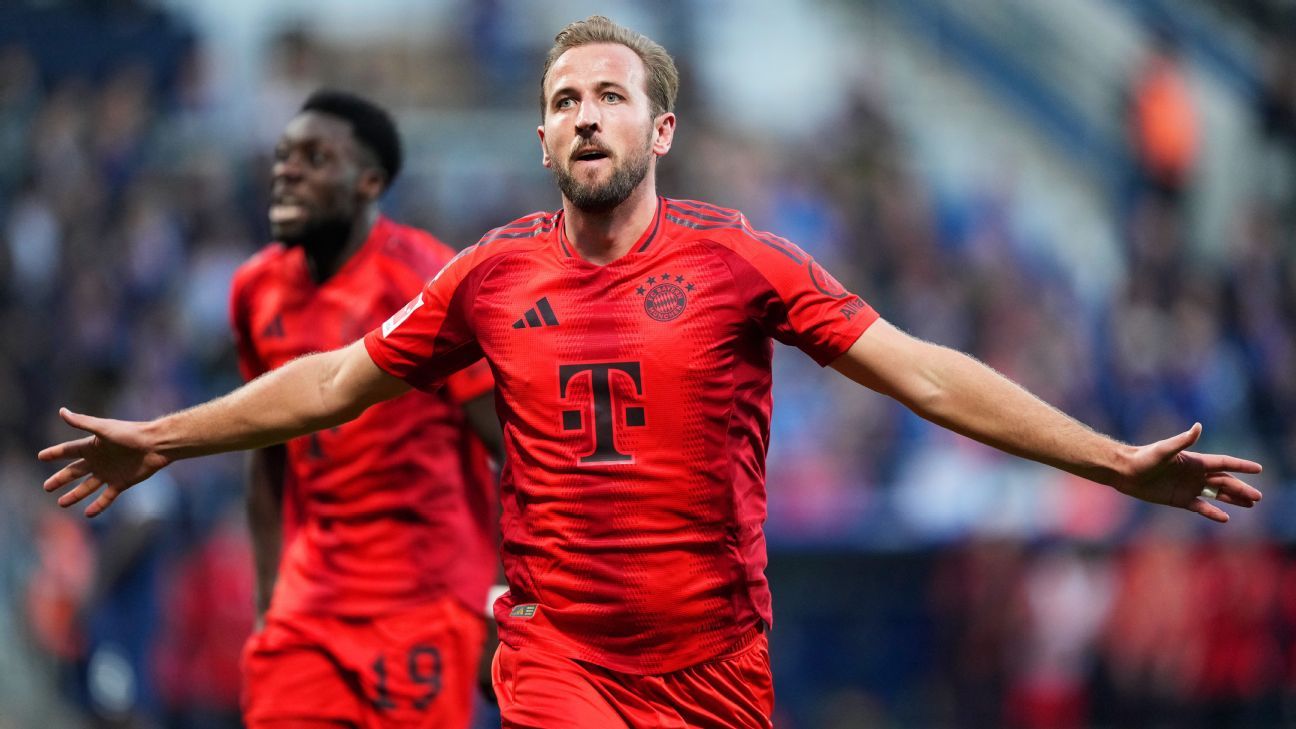
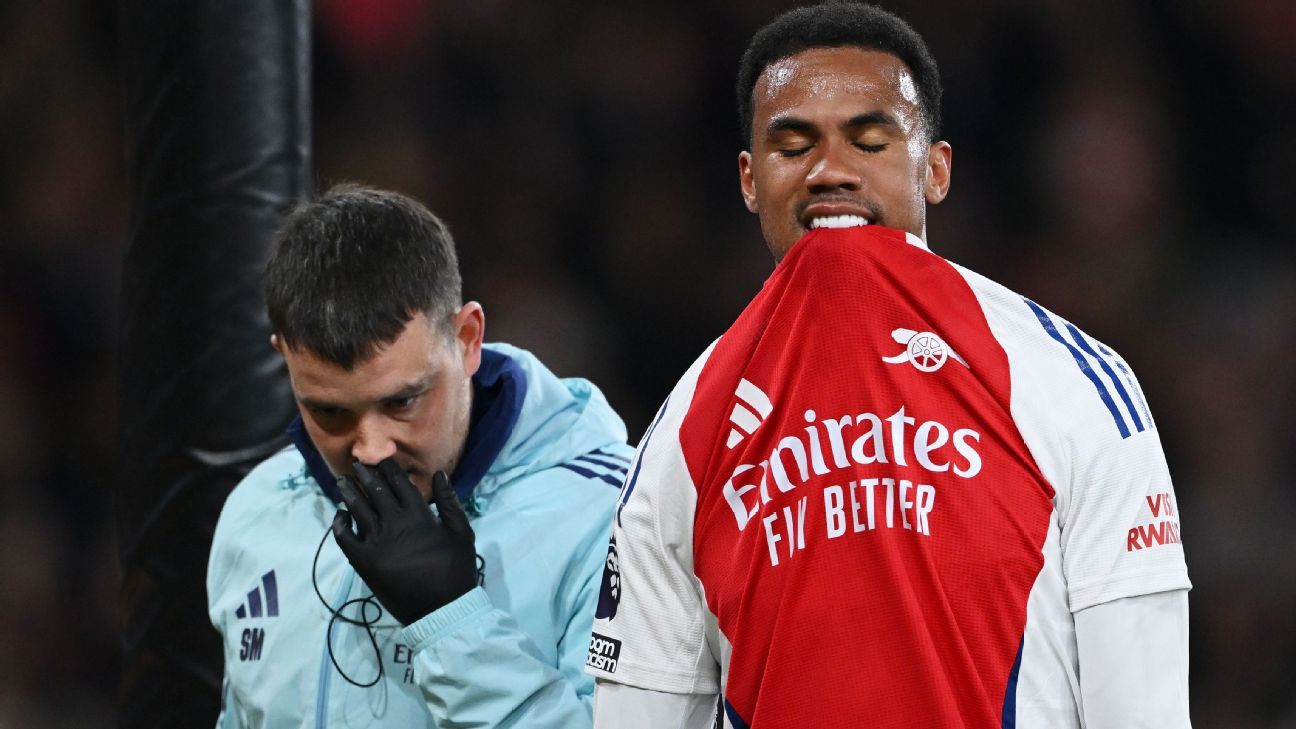
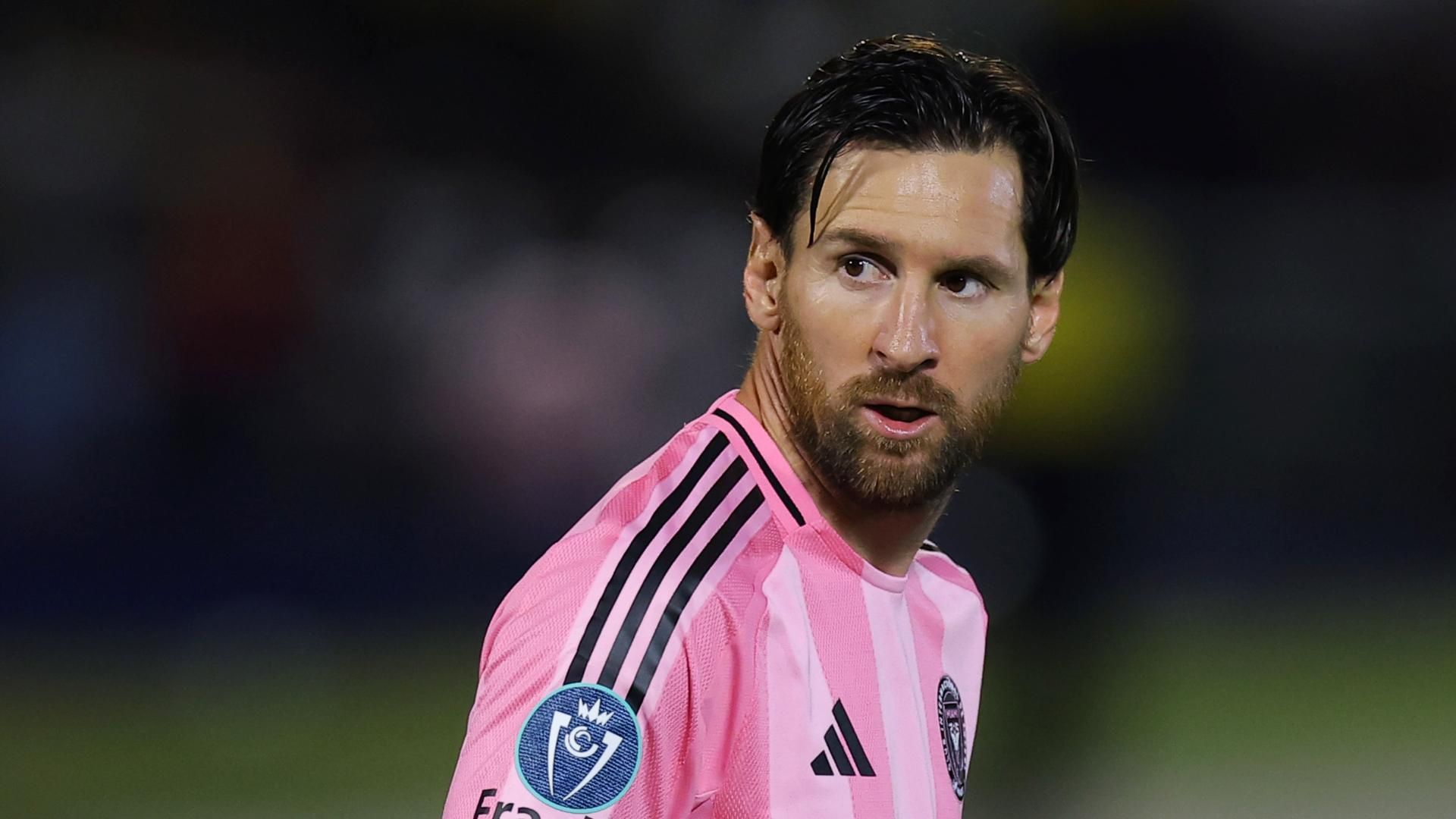





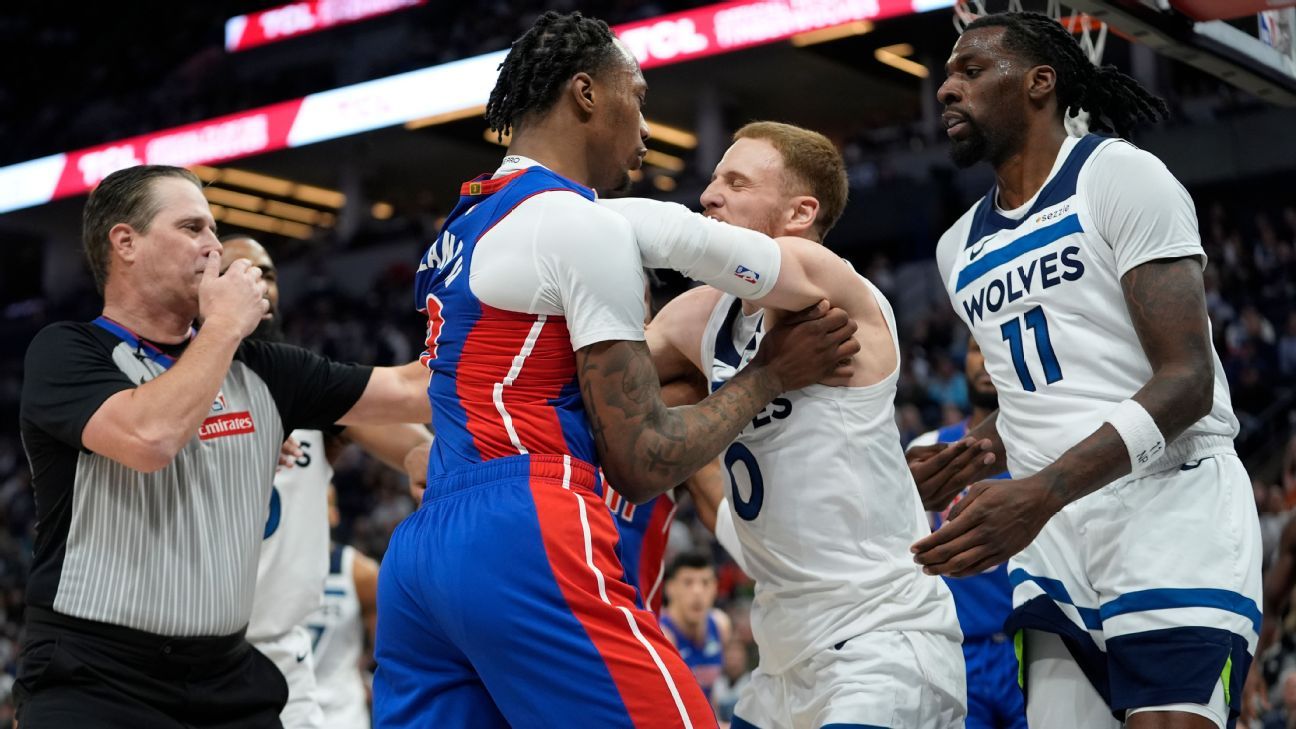

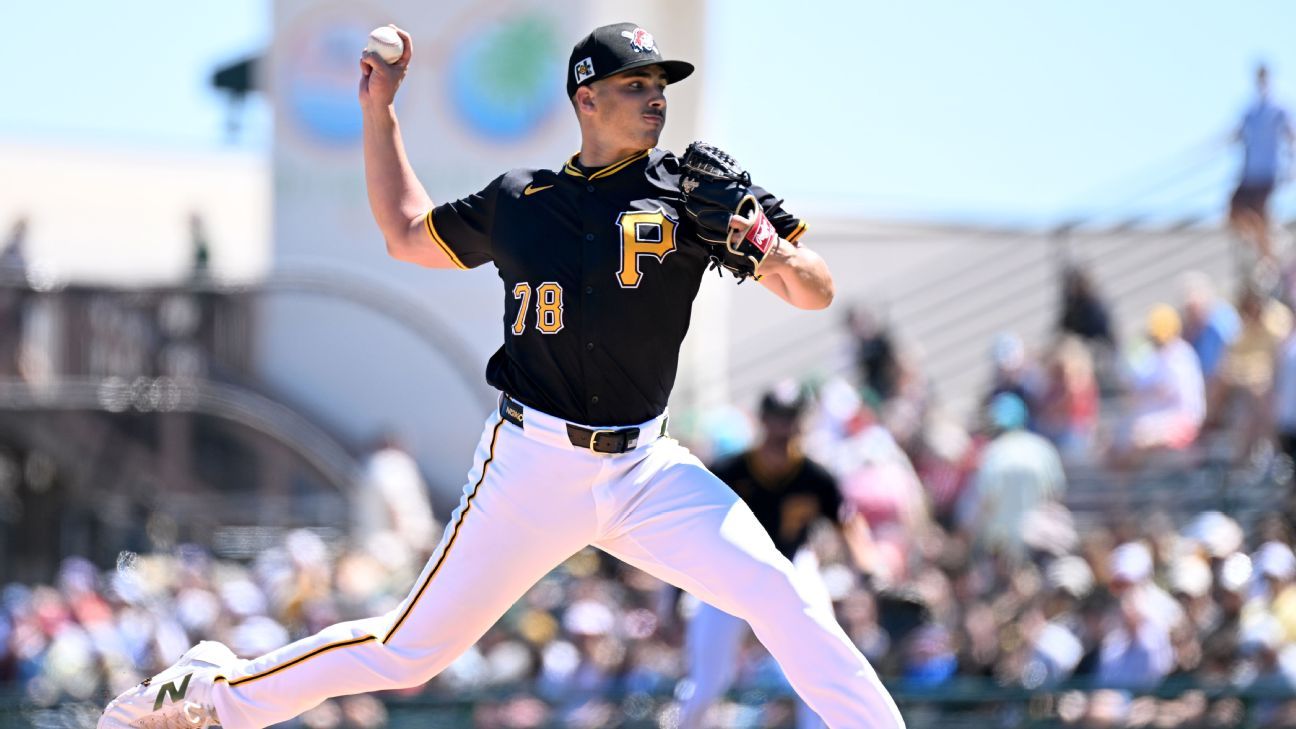
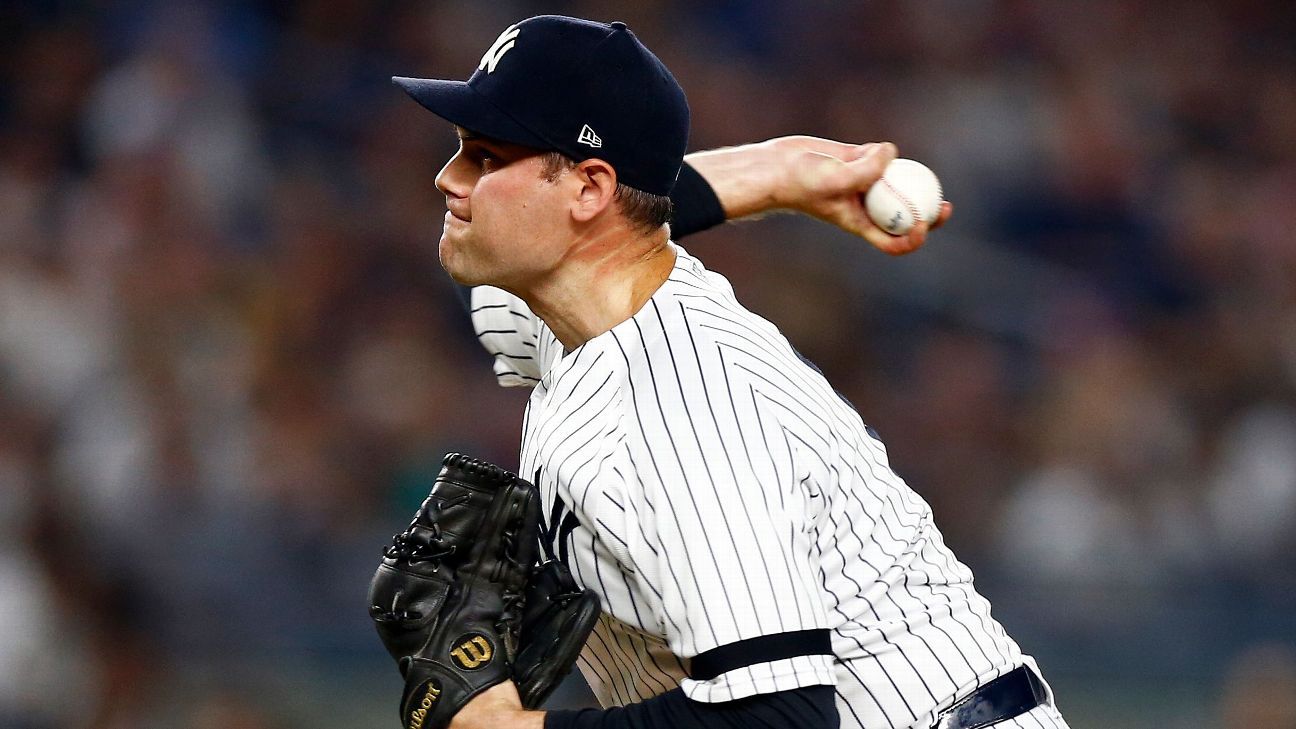

 Phone: (800) 737. 6040
Phone: (800) 737. 6040 Fax: (800) 825 5558
Fax: (800) 825 5558 Website:
Website:  Email:
Email: 






